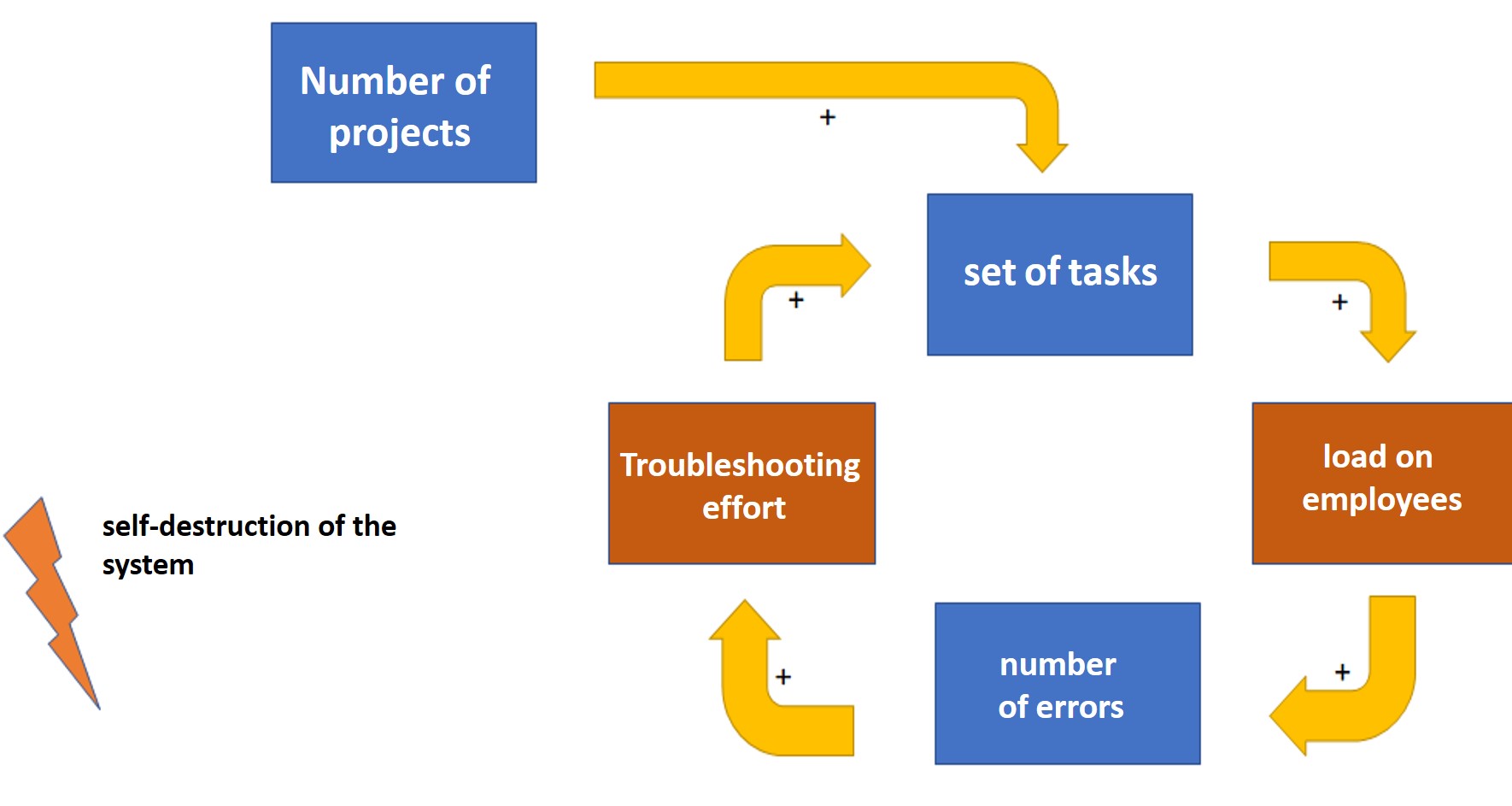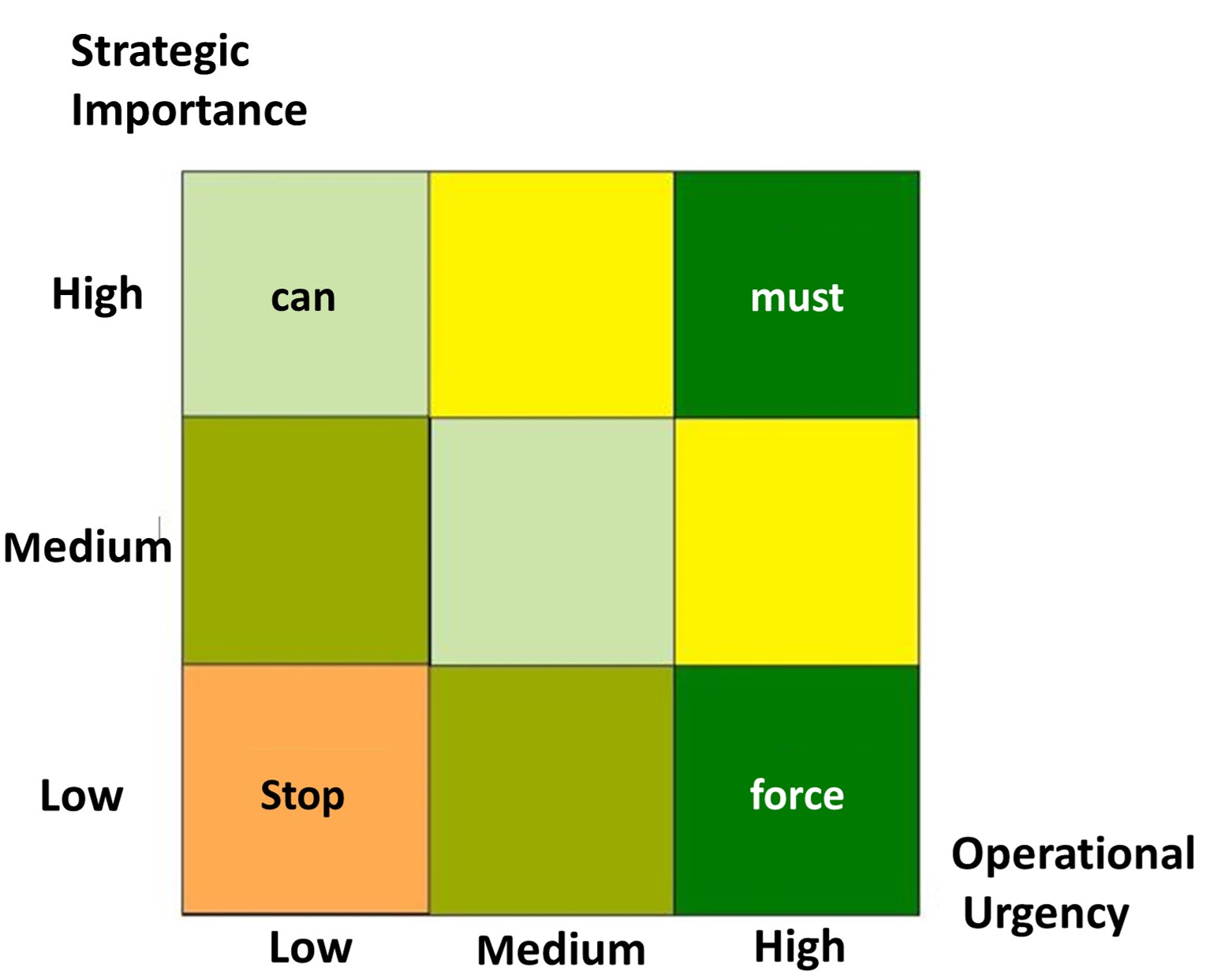Every project should contribute to the success of the company!
As an entrepreneur, you move in a constantly changing environment. The legal framework and the requirements of the competition are always in flux.
This makes it essential to deal with scarce resources in a targeted and planned manner and to decide on the realization of the right projects (portfolio management).
But reality often looks different.
Do these scenarios sound familiar to you?
- Like many of your colleagues, you are working on several projects in parallel. And your boss thinks – there’s still something to do!
- Due to the many project meetings, they often no longer know where “their head is”.( I don’t get it)
- They don’t have enough time to complete a task according to their requirements. Thus, quality often falls by the wayside. This is frustrating!
- A large number of tasks can only be completed by certain employees. Over-scheduling occurs again and again.
- Last week, another colleague was “on sick leave” for an indefinite period of time; burnout?
- There is no cross-project planning and coordination, they don’t have time for that – they “have to work!”
- Now and then there are overlaps: The colleagues from Schilda are working on almost the same project topic. Let’s see if they are up to it …
- The number of working hours in the projects is not recorded. Doesn’t matter, we are “there anyway”.
The list could be extended at will!
Is this the daily work in your projects? Then you should change something before the situation escalates!
A vicious circle
Become active and get an overview of planned and ongoing projects.

Projects with a high operational urgency “must” be carried out, because otherwise the organization is severely damaged or its continued existence is threatened. (Example: “The Year 2000 changeover, DM to € migration”; important legislative changes, ..) .

The strategic importance refers primarily to the realization of the strategic business goals, which are to be realized with the project instrument.
In the above diagram, projects are considered under these two criteria and related to each other. For this purpose, all projects are placed one after the other in the chart: this creates an overview of all evaluated projects. This overview can also be used for prioritization.
In addition to projects, “undertakings” can also be included in the evaluation. Depending on their importance, projects (as a preliminary stage to the project) also tie up resources and may therefore be in competition with projects. For a better understanding of these interrelationships, it makes sense to specify a company-internal project life cycle.
This is the second part of a series of articles on the subject of multi-project management – project portfolio management PPM. The first part of this series of articles can be found here: Project goals – SMART alone is not enough.
In the third part, we deal with further criteria of project evaluation and show the structure of a simple – but effective project portfolio.
Please visit us again!